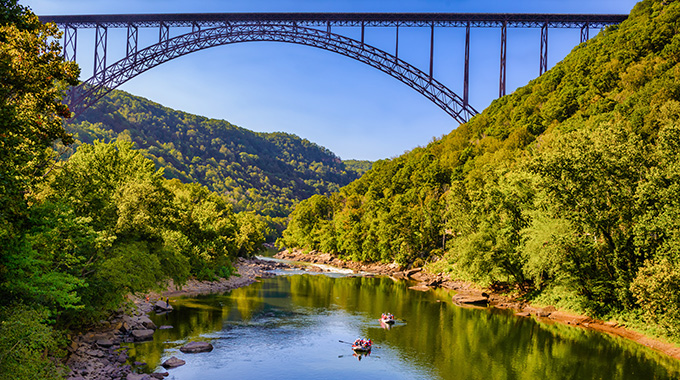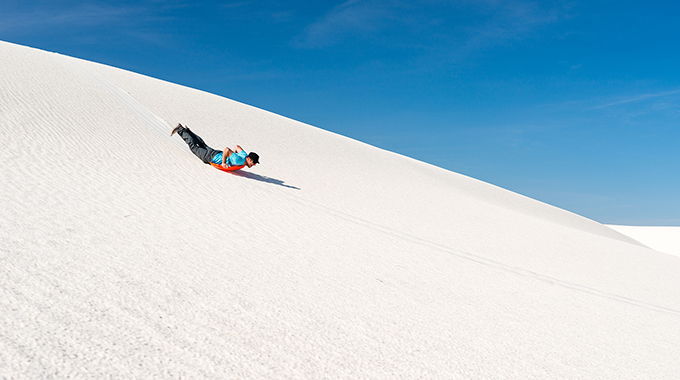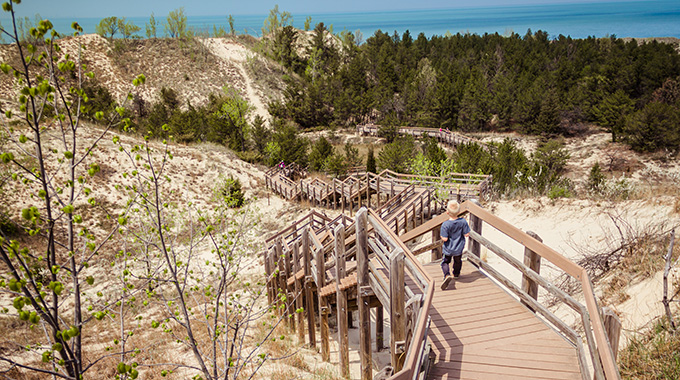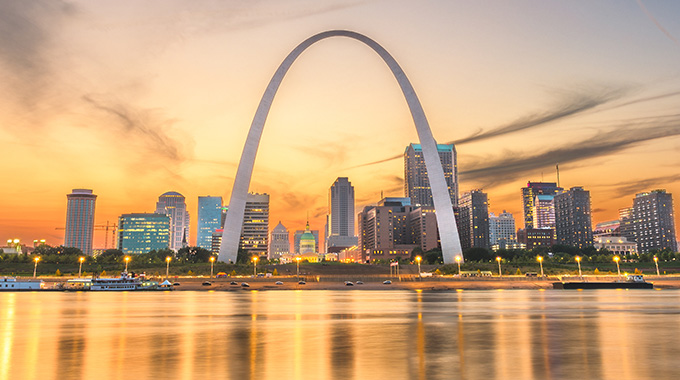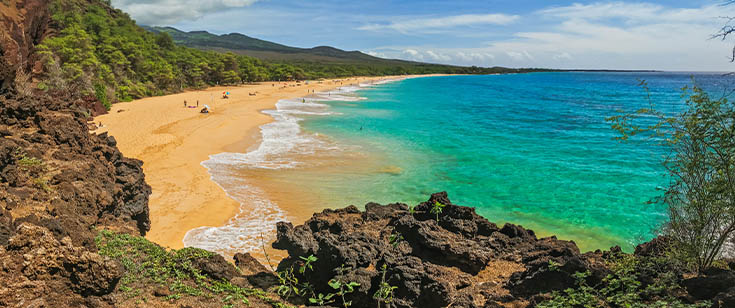One of America’s most exclusive clubs has grown, and outdoor lovers in particular should take notice. The National Park Service has recently added four new national parks. The newest, New River Gorge National Park and Preserve in West Virginia, got its status upgrade in December 2020. It’s well deserved.
During a two-day visit earlier this year, I hiked into steep river gorges, explored railroad ghost towns, and walked a bridge catwalk suspended more than 800 feet above the gorge, one of the coolest national park adventures I’ve ever experienced.
The other recent national park additions are: White Sands, New Mexico (2019); Indiana Dunes, Indiana (2019); and Gateway Arch in St. Louis (2018).
The NPS oversees 423 properties, including historic sites, monuments, recreation areas, and lakeshores, but only 63 are national parks, a designation that requires congressional approval and brings higher visibility and more visitors.
At Indiana Dunes, visitation spiked just weeks after the park gained its new status. “It began almost immediately,” said supervisory ranger Bruce Rowe. “We started getting emails to the visitors center saying, ‘We want to come.’ ”
It was the same at the other parks. Kelly Carroll, the ranger in charge of interpretation at White Sands, says the reason is simple: “We’re now on a lot of bucket lists.”
If you’re planning a visit to New River or one of the other new national parks, here’s a quick guide to help make the most of your trip.


